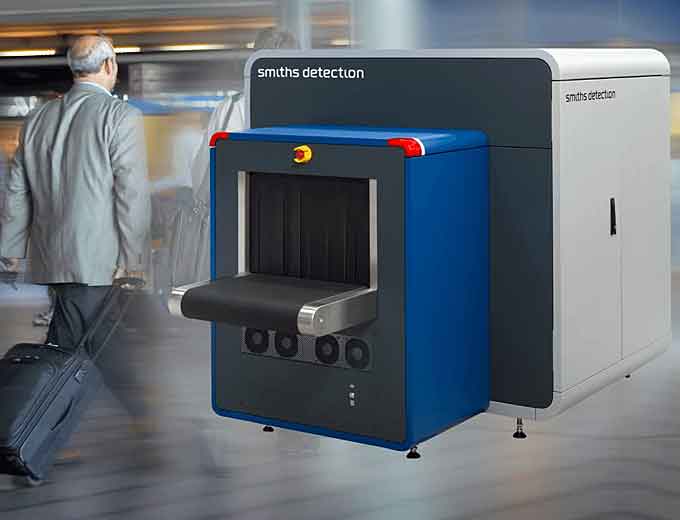
Airport security can often be a frustrating and anxiety-inducing experience for travelers.
While 57% of passengers feel uncomfortable with the removal of personal items from bags, 48% would prefer not to be asked to remove laptops and large electronic devices from carry-on luggage, according to a recent survey from the International Air Transport Association (IATA).
Fortunately, new baggage-screening devices that use computed tomography (CT) technology can remove this inconvenience, allowing passengers to leave both large electronic devices and liquids in their bags as they pass through security.
This helps reduce stress at the start of a journey and contributes to a more enjoyable passenger experience.
(See a brief introduction to the HI-SCAN 6040 CTiX and gives a clear and concise overview of its many benefits. Courtesy of Smiths Detection and YouTube.)
Recently, Heathrow Airport announced a £50 million investment in CT technology for screening carry-on baggage at all four of its terminals, in a move that will enhance safety and streamline the experience of both passengers and security colleagues.
Smiths Detection can confirm that its technology – the HI-SCAN 6040 CTiX cabin-baggage screening system based on the latest CT technology – has been used by the airport in trials in the past year.
The Hi-SCAN 6040 CTiX creates more detailed 3D images than are possible with conventional x-ray scanners, thereby increasing the efficiency of security screening.
Computed Tomography (CT), which was originally used in hospitals, is an advanced X-ray technology which also allows for the layered 3D images to be rotated and dissected, enabling more efficient detection of threats and potentially ending the need to take liquids and laptops out of bags.
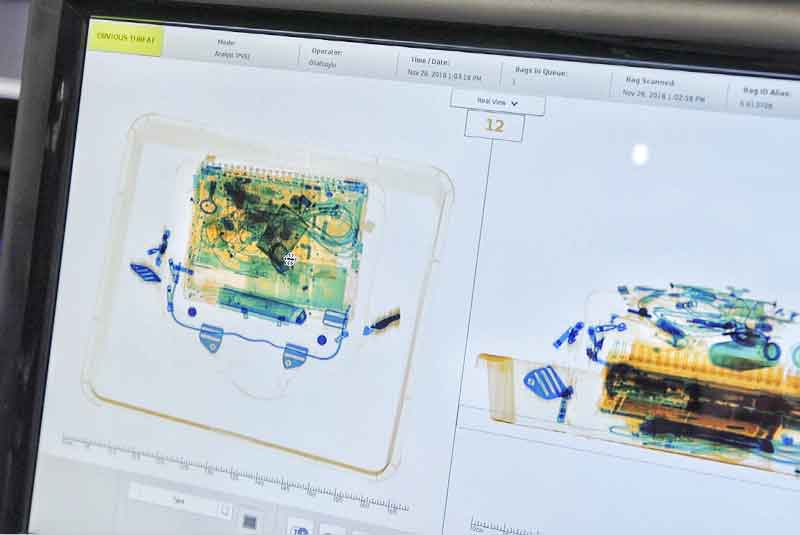
As fewer trays need to be handled, because liquids and laptops can remain in bags, there can be a significant increase in checkpoint throughput.
In addition to its use in the trials at Heathrow, the HI-SCAN 6040 CTiX has been deployed in successful trials across the globe, including in Australia, Germany and the United States, as well as airports in Korea and Japan.
The HI-SCAN 6040 CTiX has also achieved the highest level of Transportation Security Administration (TSA) AT-2 certification and European Civil Aviation Conference (ECAC) EDS CB C3 approval for the security screening of carry-on baggage.
C3 approved systems deliver a very high level of explosives detection and can also scan baggage without removing electronic devices and liquids – expediting screening and makes the whole process less stressful for passengers.
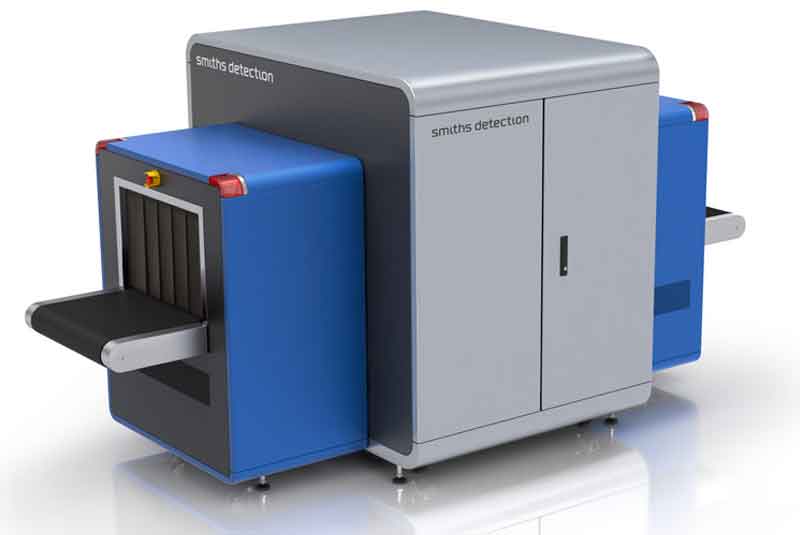
The 6040 CTiX gantry rotates at a constant speed as baggage is carried through it on the conveyor belt.
Hundreds of images are taken to create 3D images in real-time, allowing for more accurate judgments on the bag contents.
Advanced screening using CT technology
Feature Highlights
HI-SCAN 6040 CTiX can also be integrated with iCMORE automatic weapon detection to deliver the highest level of threat detection of a variety of threats, controlled and prohibited items.
iCMORE is designed to identify threats and help combat the movement of unsafe, undeclared or illegal goods.
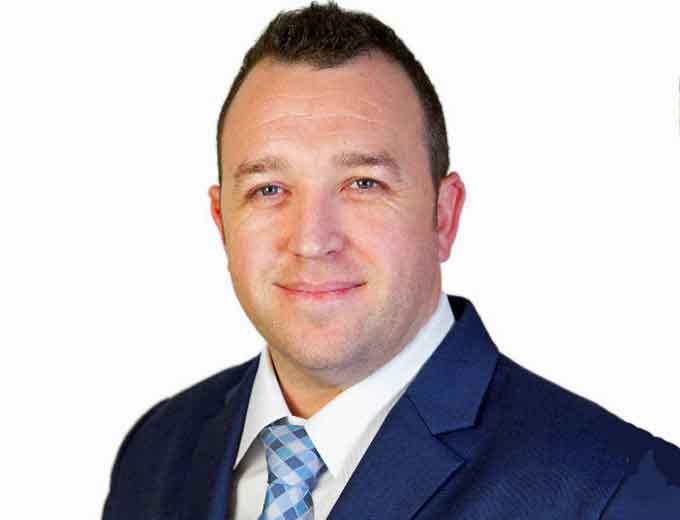
“In doing so, it reduces the burden on image analysts and increases efficiency and detection accuracy,” explained Matt Clark, Vice President Technology, Smiths Detection.
“The number of detectable items will continue to grow along with the range of systems offering the various algorithms.
“Following the introduction of lithium battery detection in 2018, weapon detection is the latest option to go live.”
“We plan to expand the iCMORE family to include other contraband or dangerous goods.”
Offering automatic detection of handguns (pistols, revolvers), gun parts, flick and fixed-blade knives (min. length ~6cm), the weapons module was developed for use in a range of applications such as aviation passenger checkpoints, critical infrastructure protection, prisons and customs.
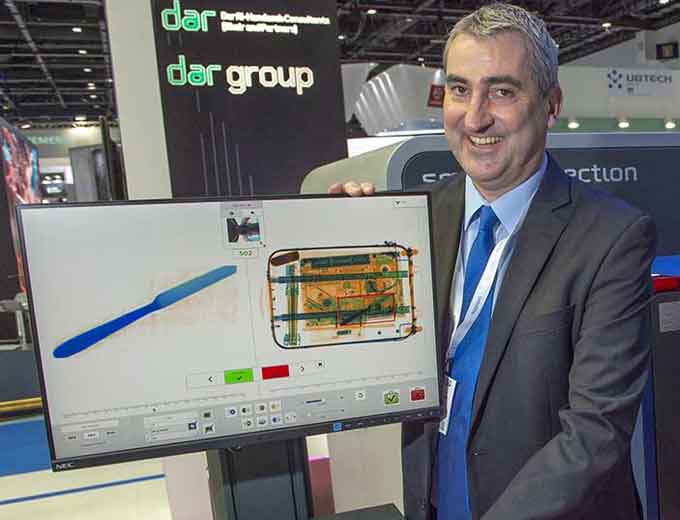
The weapons kit is offered as an option on new systems or as an upgrade.
Potential threats are framed and shown on the main system screen in tandem with the images from the explosives detection scan. The supplementary function does not affect any regulatory certifications or approvals.
Deep learning is fundamental to artificial intelligence (AI) and Smiths Detection took this approach in developing the weapons algorithm, collaborating with customers to build a huge library of images from which the algorithm could ‘learn’.
However, conventional methodology may also be employed in future to create iCMORE modules for the detection of substances which do not present in consistent forms or shapes – such as drugs or currency.
By doing so it also improves operational efficiency, and supports more efficient resource planning, for customs officers, security operators and other controlling authorities.
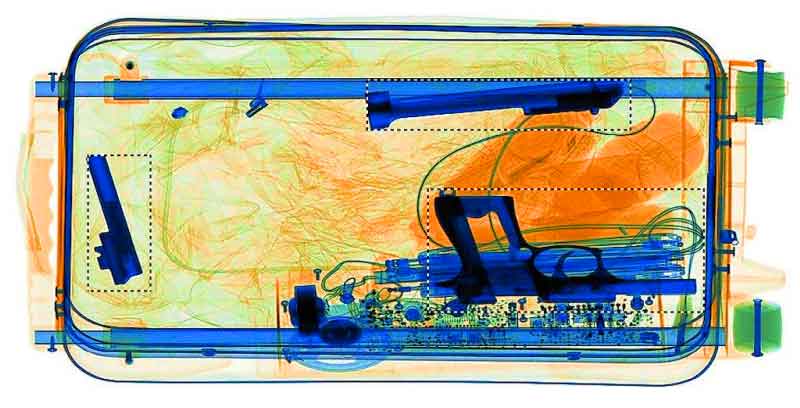
Delivering improved levels of both safety and security, it is designed to identify potential threats and help combat the movement of unsafe, undeclared or illegal items.
A family of smart and adaptable algorithms for the automatic detection of dangerous, prohibited and contraband goods and substances, iCMORE provides accurate, reliable and powerful detection capability to Smiths Detection X-ray and CT screening solutions, helping to reduce the burden on image analysts and improve detection/screening outcomes.
Easy to understand and navigate, iCMORE requires little training and does not impact the speed of the overall image evaluation.
It has proven to be effectively integrated into normal workflows without impacting the flow of people, bags and cargo.
iCMORE makes it easy to identify more of what could be passing through your operation.
(See how every minute of every day, Smiths Detection X-ray and CT screening solutions and talented team members help to make the world a safer place. Courtesy of Smiths Detection and YouTube.)

















